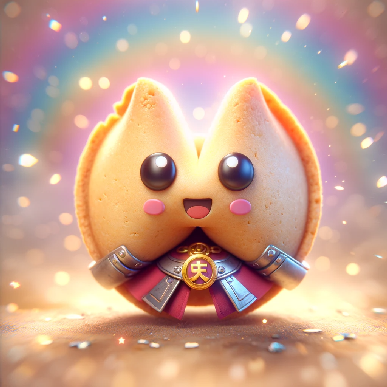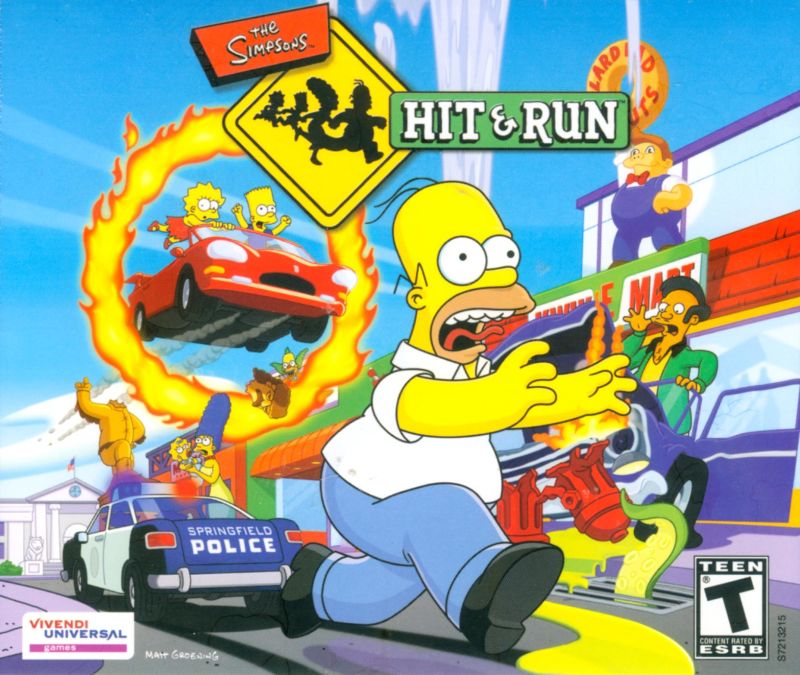10 Ways Loyalty Managers Are Like Video Game Designers
jodithepug
Posted on November 10, 2023 - 0 Comments
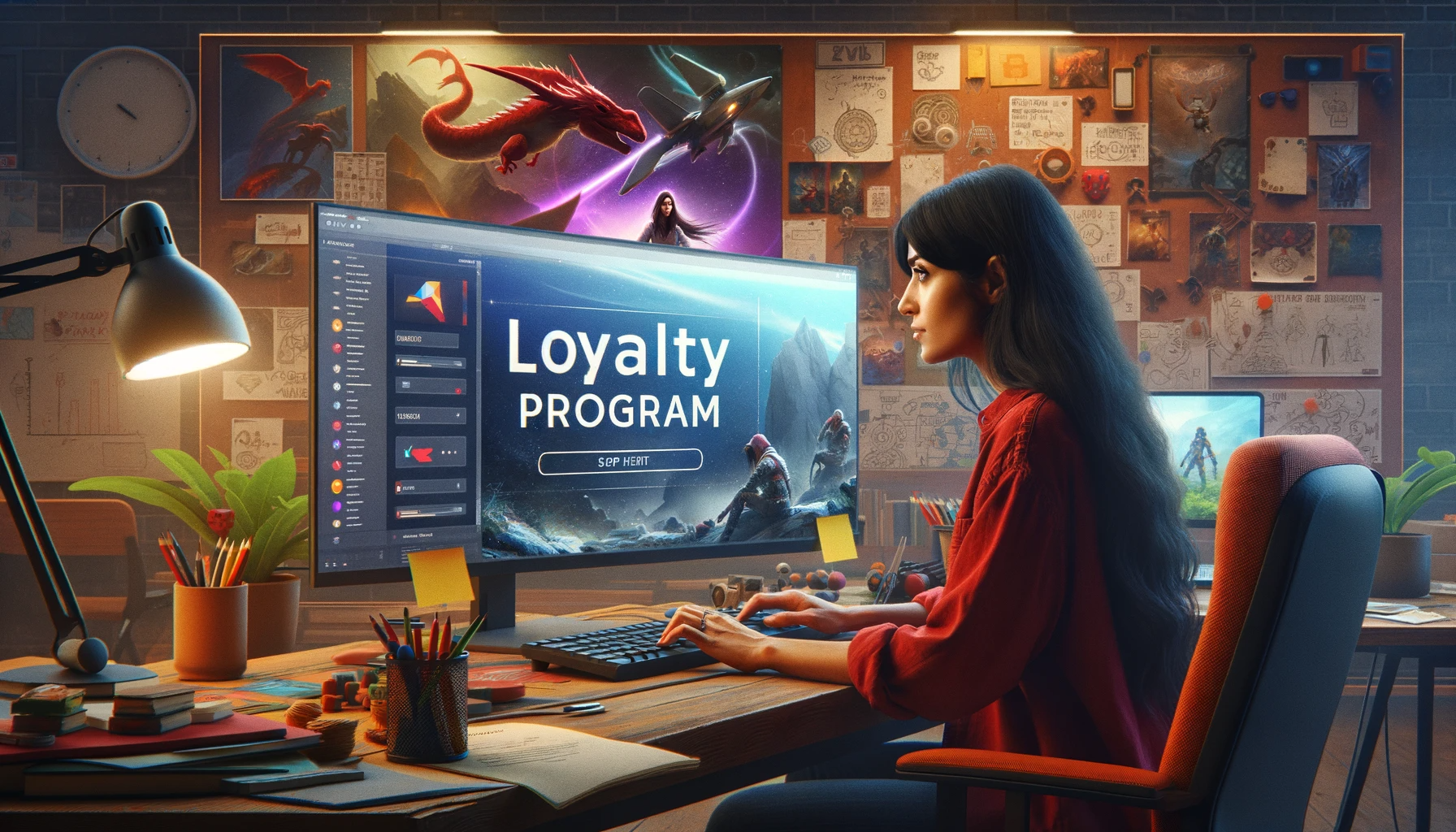
by Steve Bocska
Designing a video game and creating and managing a loyalty program share several key similarities, primarily in terms of user engagement, feedback mechanisms, and the need for ongoing evolution and adaptation. Here’s a closer look at these similarities:
Understanding the Audience: Both require a deep understanding of the target audience. In video games, this involves knowing the players’ preferences, while in loyalty programs, it’s about understanding the customers’ needs and desires. Tailoring the experience to the audience is crucial in both cases to ensure engagement and participation.
Engagement and Retention: Both aim to engage users and keep them coming back. Video games use mechanics like levels, challenges, and rewards to retain players, while loyalty programs use points, rewards, and exclusive offers to keep customers loyal. The psychology of earning and receiving rewards is a common thread.
Feedback Loops: Both rely on feedback loops to keep users engaged. In video games, feedback is immediate through scores, progress indicators, and in-game rewards. Loyalty programs also provide feedback through points accumulation, status upgrades, and redeemable rewards, encouraging continued participation.
Customization and Personalization: Video games often offer customization options to enhance the player’s experience and connection to the game. Similarly, loyalty programs can be personalized based on customer behavior and preferences, making the experience more relevant and engaging.
Data-Driven Decisions: Both use data analytics to understand user behavior and preferences. This data informs decisions about game design or program features, ensuring that the offerings are aligned with user expectations and evolving trends.
Evolution and Updates: Just as video games need updates and new content to remain relevant and interesting, loyalty programs also need to be updated and refreshed regularly to maintain customer interest and respond to changing market dynamics.
Community Building: Many video games build communities around them, enhancing the user experience. Similarly, loyalty programs can create a sense of community among members, especially when they include social elements like competitions, shared goals, or community events.
Reward Systems: Both employ a system of rewards to incentivize desired behaviors. In games, players might earn in-game currency, items, or achievements, while in loyalty programs, customers earn points, discounts, or exclusive access.
Balancing Challenge and Accessibility: In game design, the challenge must be balanced with accessibility to ensure it’s neither too hard nor too easy. Loyalty programs also need to find the right balance in their reward structures to keep customers motivated without making rewards too difficult or too easy to attain.
Storytelling and Branding: Video games often rely on storytelling to engage players, while loyalty programs use branding and narrative (the story of the brand) to create an emotional connection with the customer.
Both video game design and loyalty program management revolve around understanding and engaging their respective audiences, using feedback loops and reward systems to maintain interest, and evolving with the audience’s needs and market trends.
Keep Reading...

World of PUG Blog April 3, 2024
PUG Announces Launch of AI-Driven Intelligent Rewards System (IRS)
by Steve BocskaPress ReleaseFOR IMMEDIATE RELEASEPUG Interactive Launches Intelligent Rewards
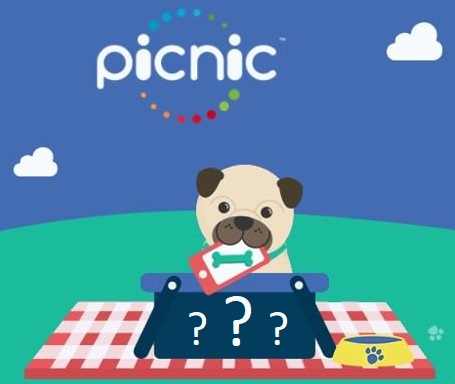
World of PUG Blog April 3, 2024
PUG Interactive Unveils InsightPulse: A Revolutionary Predictive AI Analytics Dashboard
by Steve BocskaPress ReleaseFOR IMMEDIATE RELEASEPUG Interactive Unveils InsightPulse: A
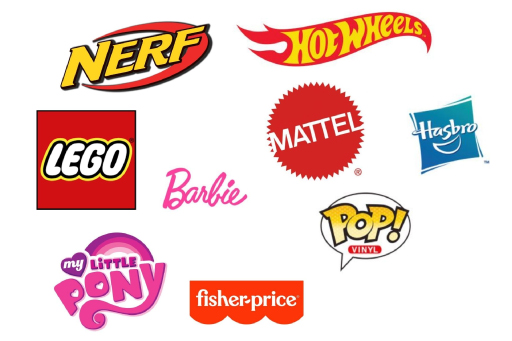
World of PUG Blog March 21, 2024
Building Bonds: The Future of Family-Focused Loyalty Programs
by Steve BocskaThe children's toy industry, home to iconic brands

